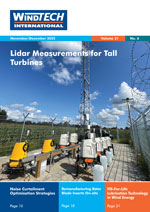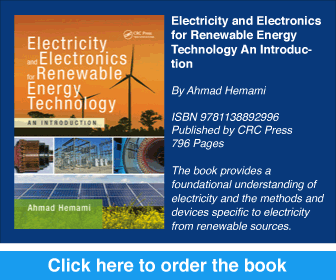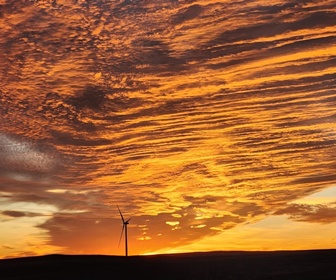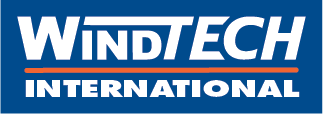A Technical Description of the Blade Array Concept
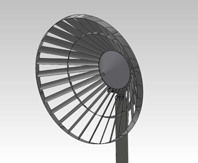 The Ecowhisper Wind Turbine (EWT) is built from a number of interdependent systems. The Blade Array interacts with the wind and its performance determines the overall performance of the whole EWT system. In this article the different interdependent systems are described.
The Ecowhisper Wind Turbine (EWT) is built from a number of interdependent systems. The Blade Array interacts with the wind and its performance determines the overall performance of the whole EWT system. In this article the different interdependent systems are described.
By Stephen Thomas, Chief Technical Officer, RESA, Australia
 The Ecowhisper Wind Turbine (EWT) is built from a number of interdependent systems. The Blade Array interacts with the wind and its performance determines the overall performance of the whole EWT system. In this article the different interdependent systems are described.
The Ecowhisper Wind Turbine (EWT) is built from a number of interdependent systems. The Blade Array interacts with the wind and its performance determines the overall performance of the whole EWT system. In this article the different interdependent systems are described.By Stephen Thomas, Chief Technical Officer, RESA, Australia



